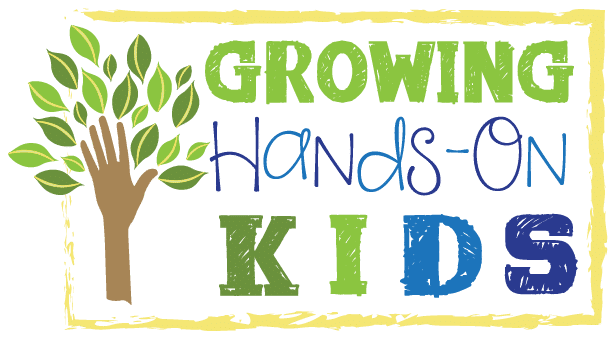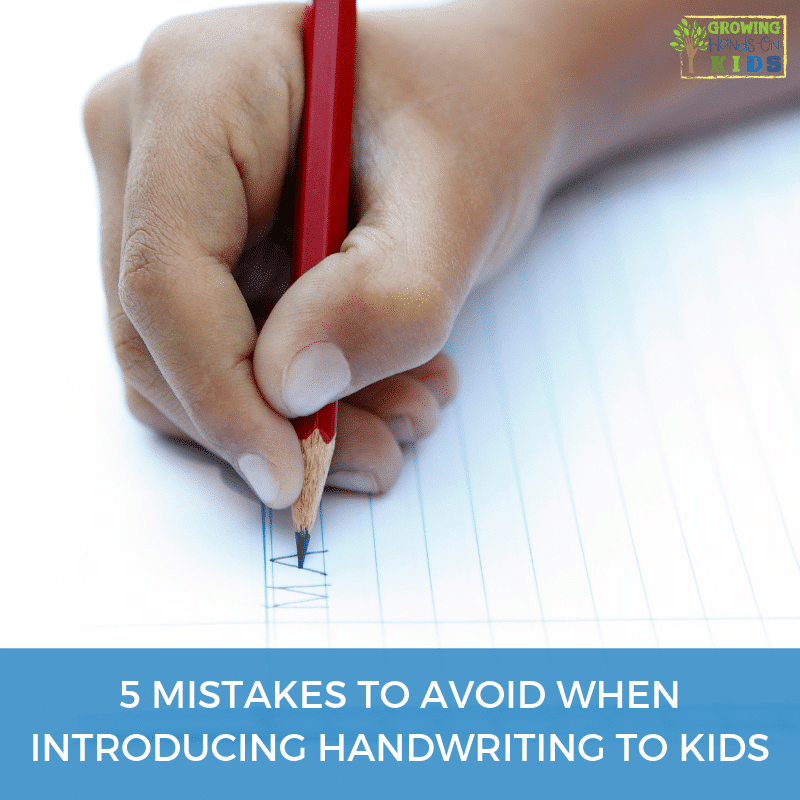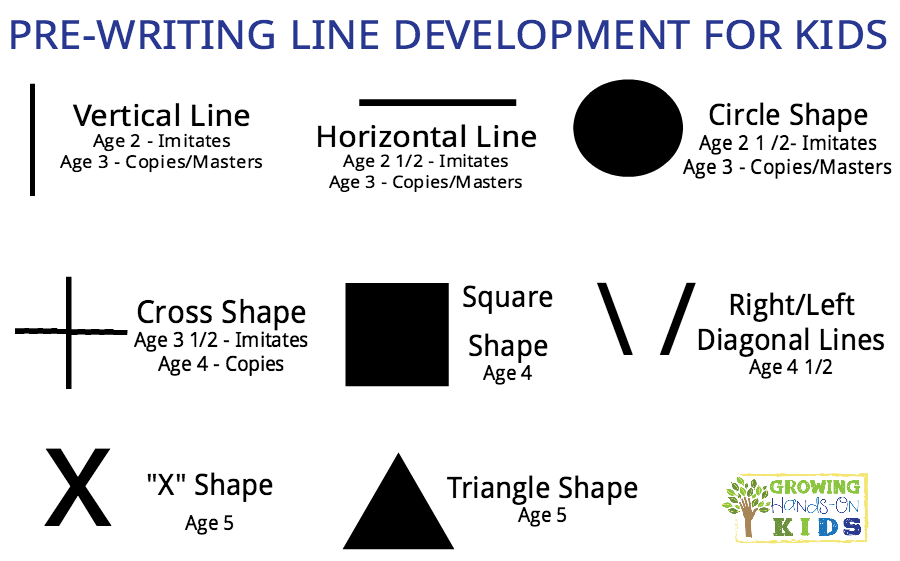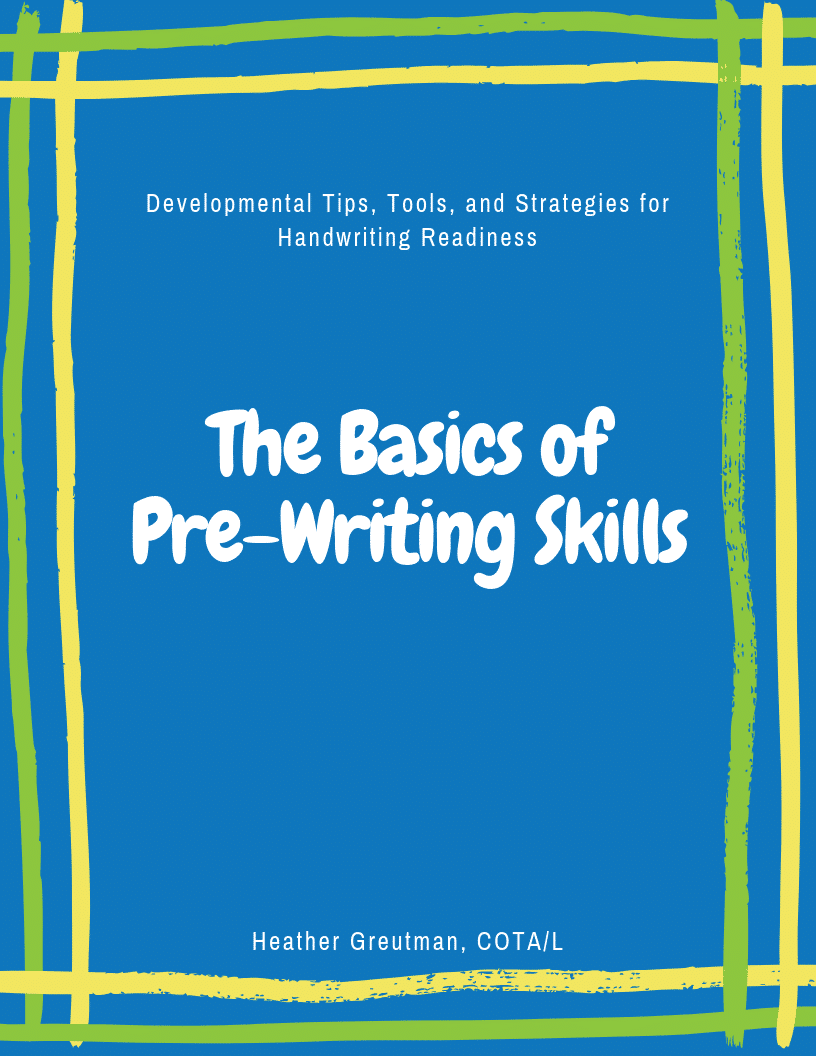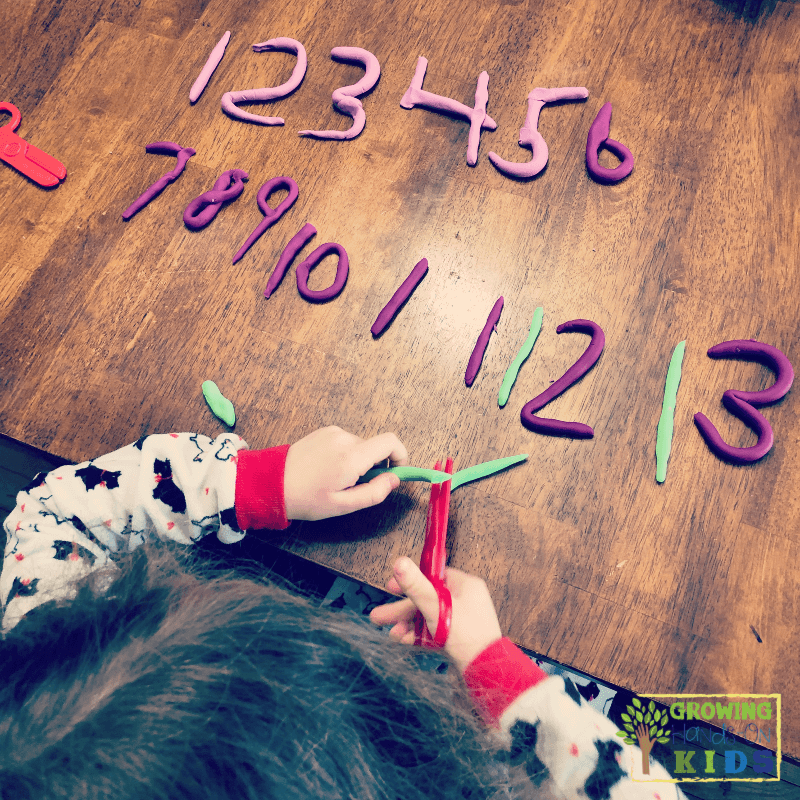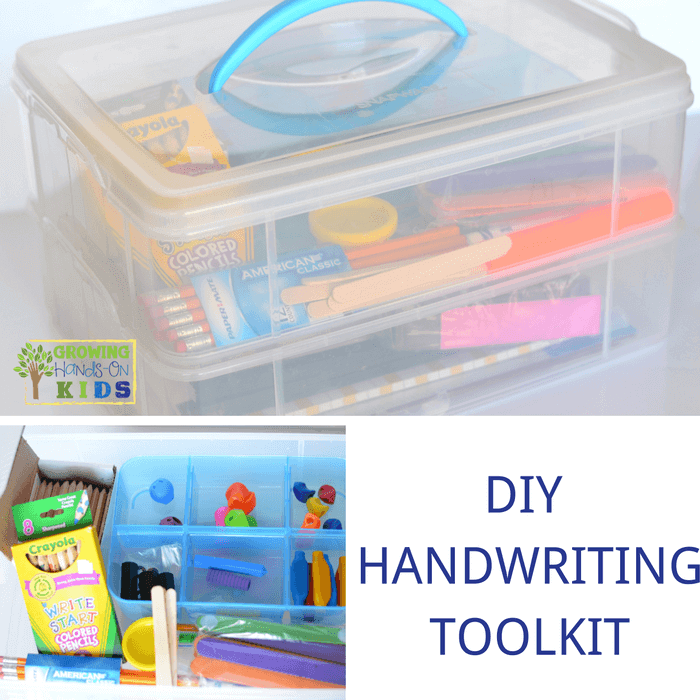5 Mistakes to Avoid When Introducing Handwriting to Kids
Affiliate and Referral links are used below to promote products I love and recommend. I receive a commission on any purchases made through these links. Please see my disclosure policy for more details. As an Amazon Associate, I earn from qualifying purchases.
When it comes to introducing handwriting, there are some things that you don't want to miss or skip before expecting a child to write. I want to take a look at 5 mistakes to avoid when introducing handwriting skills in today's post.
5 Mistakes to Avoid When Introducing Handwriting to Kids
Let's take a look at 5 mistakes you should avoid.
Mistake 1 || Skip Pre-Writing Lines
This is a crucial step in introducing handwriting that you don't want to skip over. Pre-writing lines are the lines, strokes, and shapes that makeup letter formation.
In fact, researchers suggest that before formal handwriting instruction begins, children should master pre-writing lines first (Tseng & Chow, 2000. Vreeland, 1998)
What are these pre-writing lines?
- Vertical Line – (Age 2 imitates, age 3 copies/masters)
- Horizontal Line – (Age 2 1/2 imitates, age 3 copies/masters)
- Circle Shape – (Age 2 1/2 imitates, 3 copies/masters)
- Cross Shape (+) – (Age 3 1/2 imitates, age 4 copies)
- Square Shape – (Age 4)
- Right/Left Diagonal Line – (Age 4 1/2)
- X Shape – (Age 5)
- Triangle (Age 5)
You can read more about pre-writing lines, shapes, and strokes in my new ebook, The Basics of Pre-Writing Lines or check out my resource page on pre-writing lines here.
Mistake 2 || Expect a Child to Write Their Name (or Alphabet) Too Soon
I hear from so many parents who want to make sure their child is writing their name in preschool (think age 3 and 4). While some children may be ready for this, many are not.
When we look at the developmental sequence of pre-writing lines above, many preschoolers have yet to master the cross shape or diagonal lines which are a huge part of letter formations.
So before you teach your child to write their name (or the alphabet), focus on pre-writing lines that are age appropriate for them to master. Once those are mastered, introduce their name first and then alphabet.
Mistake 3 || Only Providing One Type of Writing Utensil
There is not a lot of research out there concerning the size of the pencil and its effects on legibility with handwriting. But some have found that the diameter of the pencil or the length of the pencil does not have a significant effect on handwriting legibility.
However, some studies have found that students tend to gravitate towards one type of pencil depending on their age. (Carlson & Cunningham 1990). Preschoolers tend to prefer shorter, larger diameter pencils to the regular size no. 2 pencils. Kindergarteners gravitated towards the regular size pencils.
My suggestion would be to provide various types of writing utensils and let each student pick which one they prefer for writing. Limiting writing to only no. 2 pencils can be uncomfortable for some students.
Some examples could be having golf size pencils, no. 2 pencils, mechanical pencils, small colored pencils, or triangle pencils, flip-crayons, etc.
I would caution against jumbo size crayons or pencils as these can promote too much open web space between the thumb and fingers. I would evaluate these on a child by child basis. See this post from Miss Jaime. O.T. for more information on jumbo-sized crayons or pencils.
If you are curious which pencil grasp is appropriate for your child, check out my pencil grasp development for handwriting post here.
Mistake 4 || Only Focus on Using a Pencil for Handwriting Practice
If you search for handwriting practice ideas, you will most likely find tons of practice sheets for the alphabet. And while these aren't bad per se, I want you to think a little outside the box on how to use these in hands-on ways.
Handwriting practice can be so much more than just worksheets and a pencil. In fact, working on handwriting practice in hands-on ways can be a lot more fun. Plus it's a great way to work on the fine motor and visual motor skills needed for handwriting.
Do you need some ideas?
- Use play dough to form letters and numbers
- Use Wiki Stix
- Trace letters in a sand tray or salt tray
- Write with water on a vertical surface (a chalkboard or whiteboard works best for this)
Check out my links and resources below:
- Hands-On Ways to Practice Pre-Writing Lines (these work for letters and numbers too)
Mistake 5 || Stop Working on Fine Motor & Gross Motor Skills
All children need movement. As they move into higher academic levels, it's easy to not focus on fine motor and gross motor skills as much.
Including fine motor and gross motor movement, especially in early elementary and middle school grades, can have huge impacts on focus and attention, which are part of handwriting skills. Plus it can support and strengthen the motor skills needed for handwriting and pencil grasp.
Especially as children enter Kindergarten, don't forget to include fine motor and gross motor skills into their day. I know you have so many things to try and fit into your day with academics. So here are some ways to include fine motor and gross motor skills into your day.
- Use brain breaks in your classroom or at home
- Use any of the hands-on ways to practice handwriting I mentioned in No. 4.
- Set up a fine motor toolkit to use during breaks or indoor recess
- Use the Muscle Mover Cards from Fundanoodle
- Include crossing midline or bilateral coordination activities into your day
Keep reading below for more resources on handwriting! I hope this post was helpful for you as a parent, educator, or therapist.
I have a Handwriting and Pre-Writing Tool list in my Amazon Storefront if you are needing specific tool recommendations for handwriting.
References:
Carlson, K. & Cunningham, J. (1990). Effect of pencil diameter on the graphomotor skill of preschoolers. Early Childhood Research Quarterly, 5(2), 279-293. https://www.sciencedirect.com/science/article/pii/0885200690900497
A. (2000) The Effect of Pencil Size and Shape on the Pre-Writing Skills of Kindergartners, Physical & Occupational Therapy In Pediatrics, 19:3-4, 53-60, DOI: 10.1080/J006v19n03_05
Sinclair B., Szabo S. (2015). Pencil Size and Their Impact on Penmanship Legibility. Texas A&M University-Commerce. Texas Journal of Literacy Education Volume 3 – Issue 1 © 2015 ISSN 2374-7404.
Tseng, M.H., & Chow, S.M. (2000). Perceptual-motor function of school-age children with slow handwriting speed. American Journal of Occupational Therapy, 54, 83-88.
Vreeland, E. (1998). Handwriting: Not just in the hands. Springfield, NH: Maxanna Learning Systems.
You May Also Like:

Heather Greutman, COTA
Heather Greutman is a Certified Occupational Therapy Assistant with experience in school-based OT services for preschool through high school. She uses her background to share child development tips, tools, and strategies for parents, educators, and therapists. She is the author of many ebooks including The Basics of Fine Motor Skills, and Basics of Pre-Writing Skills, and co-author of Sensory Processing Explained: A Handbook for Parents and Educators.
